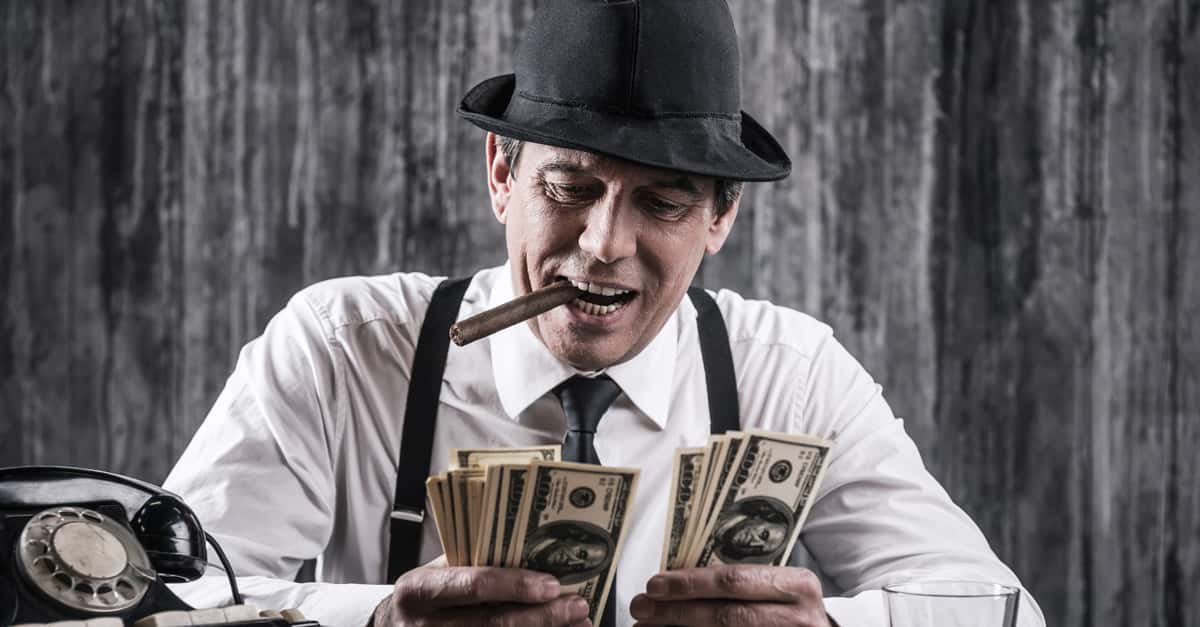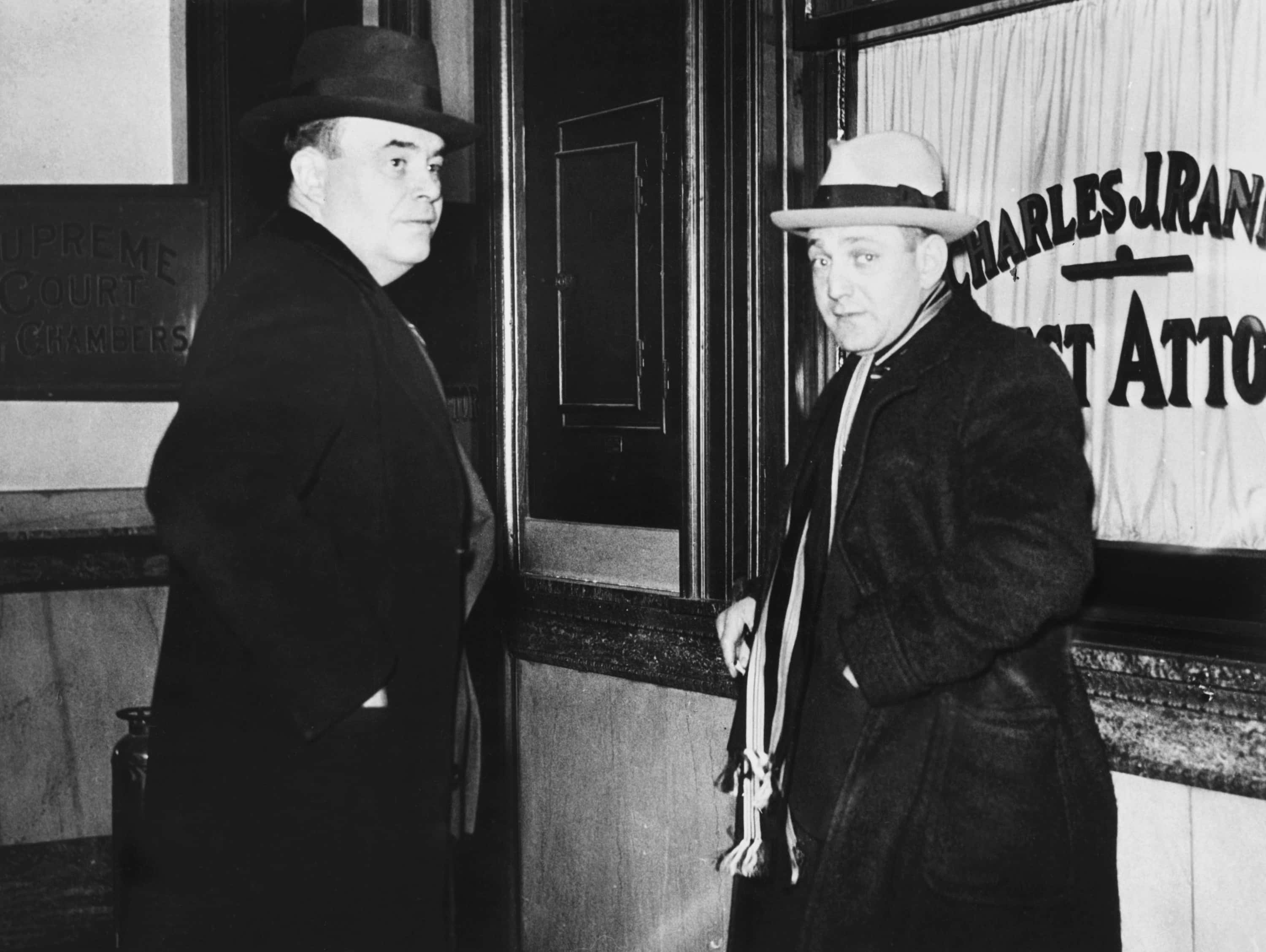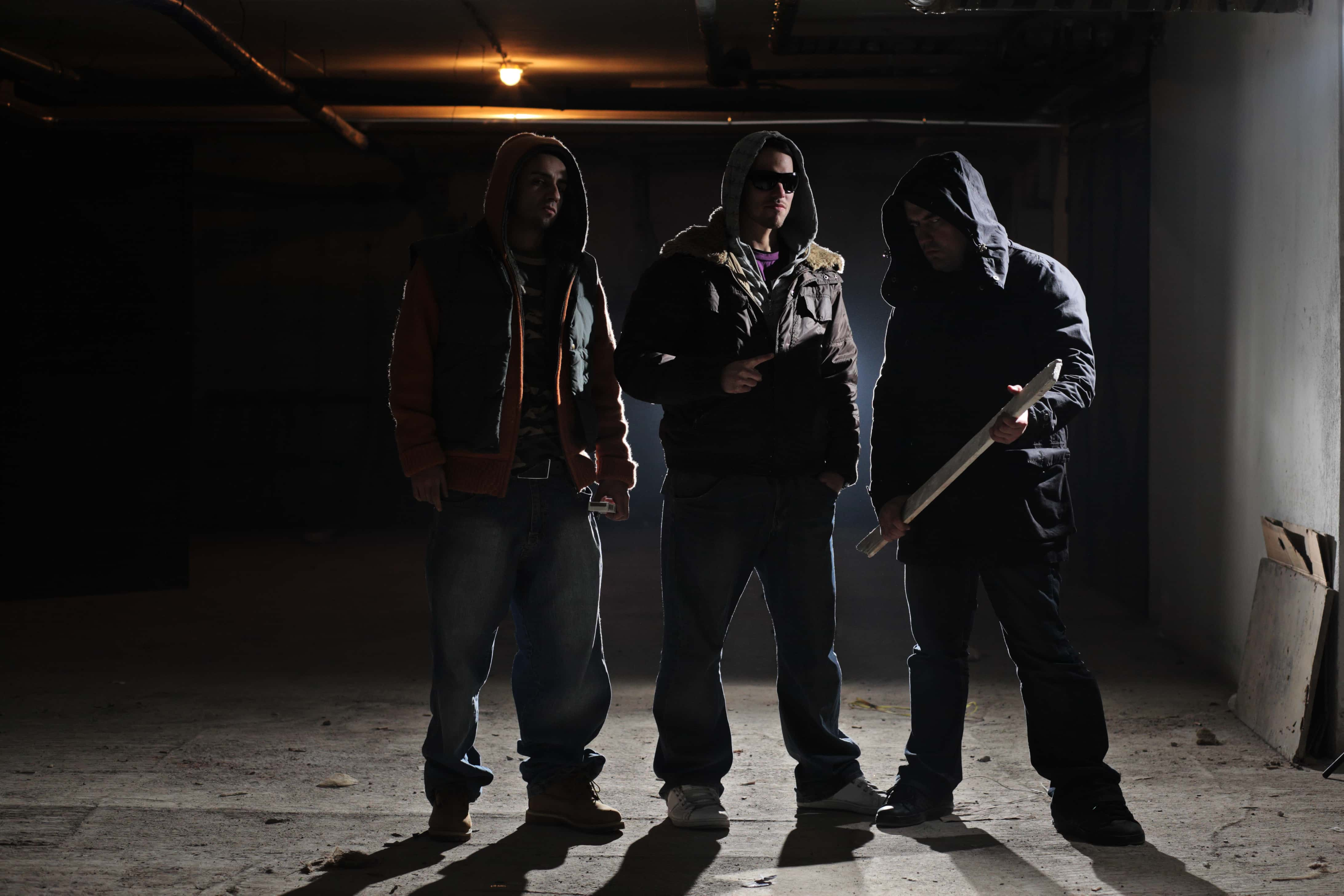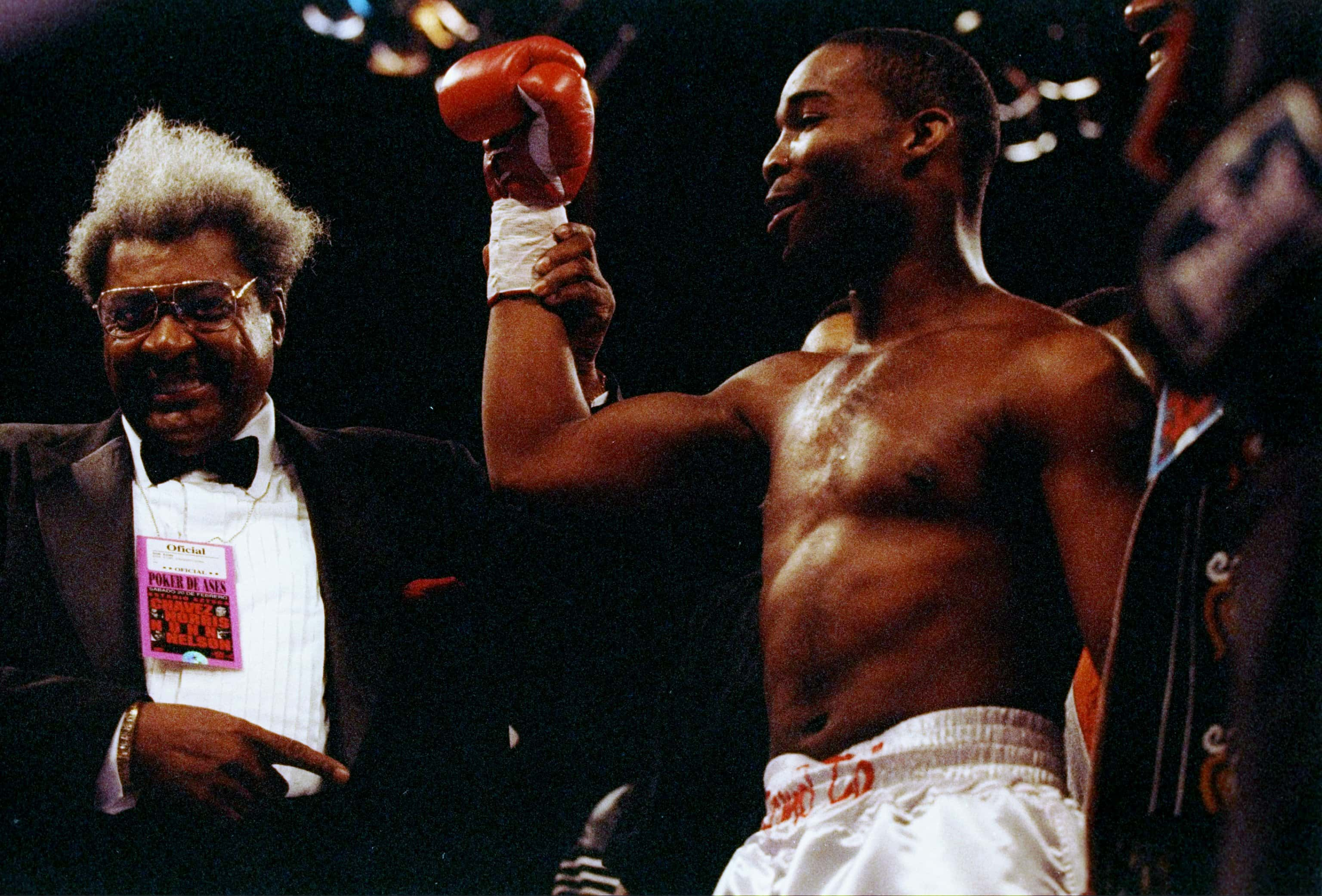What Is Racketeering Editorial
It sounds like something out of an old gangster film. The crook operates a racket. They target innocent civilians. Then, the cops finally catch the crook and bring them up on racketeering charges. But unlike other scams and schemes, the word “racket” doesn’t really sound like what it means. At least, not to those outside the world of crime. So, what exactly is a racket? What is racketeering?
An Organized Crime
Most often, racketeering is a part of organized crime. When we think of the term organized crime, we might only think of a Sopranos-esque mob. While that is partially true, organized crime can mean any group of criminals who plan to engage in criminal activity, usually for profit. The criminal activity that they engage in? Well, that’s what’s called racketeering—but racketeering can refer to many different kinds of illegal activity.
What Are the Different Types of Rackets?
The term racketeering was first used in 1927. At that time, crime organizations were growing entwined with the Teamsters union. Some common forms of racket include a protection racket, a fencing racket, and a numbers racket. Law enforcement groups may consider a combination of other illegal activities part of a racketeering operation when considered as a whole. These can include money laundering, kidnapping, loan sharking, and drug trafficking, to name a few.
What Is a Protection Racket?
The protection racket is probably the most common and well-known type of racket. This is where criminals coerce a family or business into paying for the aforementioned “protection.” The protection is often from rival gangs. In some cases, the protection may be from the very organization running the racket. Really, it’s a form of extortion.
Most often, protection rackets run rampant in areas where the police are unable to provide enough security. This is generally either because of corruption or because the racket involves illegal activity. For example, protection offered to drug dealers or other people who are themselves involved in criminal enterprises.
Diego Gambetta, an Italian scholar, has labeled the protection racket as the primary activity of the Mafia. He uses that term to define any type of criminal organization who operate rackets. The Sicilian Mafia and the Italian-American Mafia are probably the two most famous organizations.
In order for a protection racket to work, the mafias must claim territory, or turf. Otherwise, a number of different groups might demand payment for protection from the same person or business, extorting all of their resources and defeating the purpose.
How Long Have Protection Rackets Existed?
A form of protection racket goes all the way back to the late medieval period. Along the Anglo-Scottish border, local farmers would pay border raiders in exchange for the raiders agreeing not to ransack their property. They called it “Black mal.” That word eventually entered English as “blackmail,” though it has a different meaning today.
Perhaps the most well-known protection racket in the modern era is the one operated by the Sicilian Mafia. Their racket is so proliferous, it’s estimated that 80% of businesses in the city of Palermo pay a protection fee. East London's Kray Twins ran another notorious racket. These identical twin brothers and their gang, the Firm, terrorized the Big Smoke in the mid-20th century. However, the protection racket was just one of the many criminal activities for which the Kray Twins became known. They were also involved in murder, armed robbery, and arson.
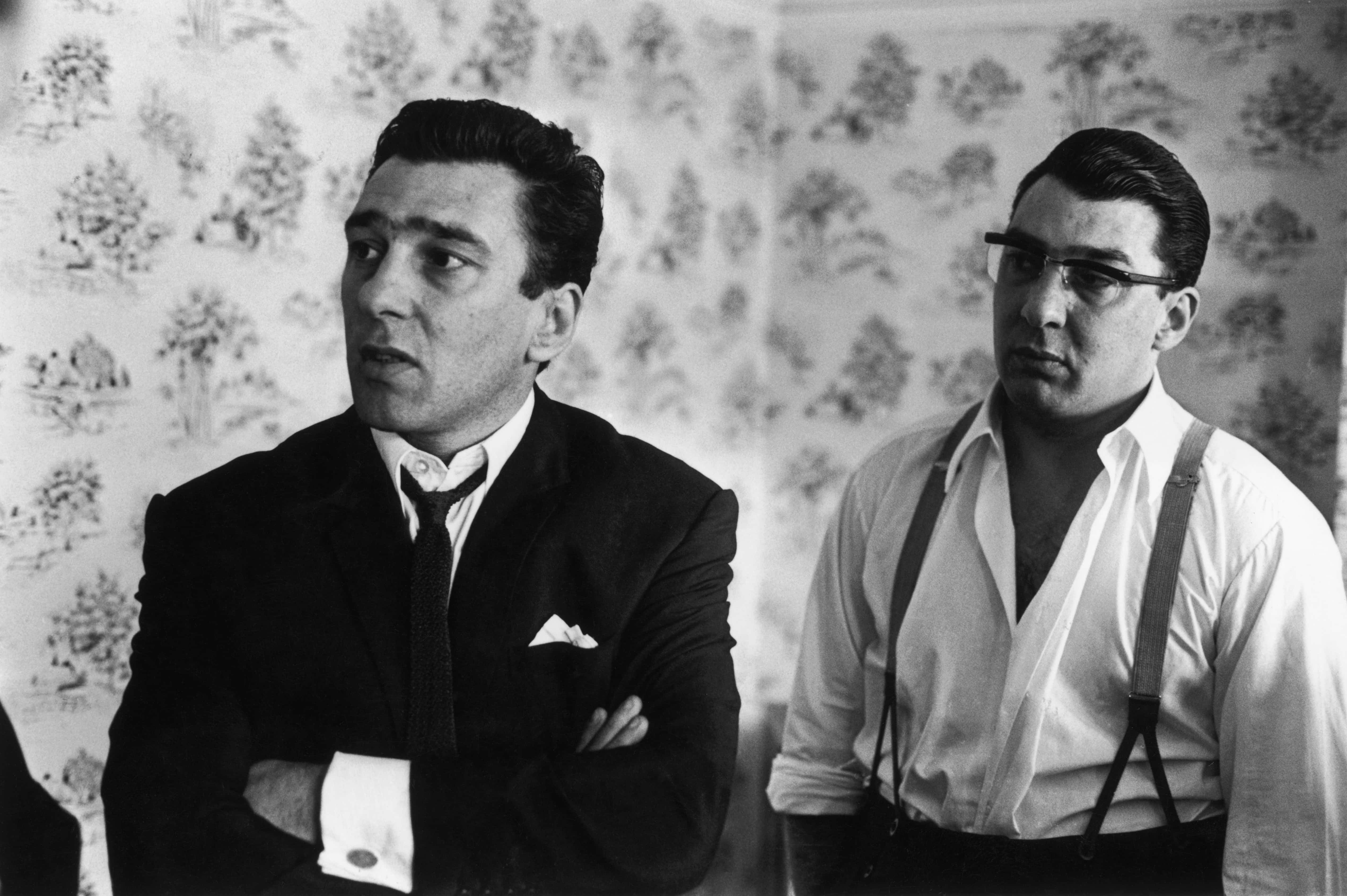 Getty Images The Kray Twins, 1966
Getty Images The Kray Twins, 1966
What Is a Numbers Racket?
A numbers racket is notably less violent, if not more legal, than a protection racket. It is essentially an illegal lottery which operates mostly out of working-class and low-income neighborhoods in the United States. A network of racketeers generally run these rackets. This includes the bookies who receive the bets in betting parlors. These can be a dedicated location or can operate illegally out of bars, cafes, barbershops, and other gathering places.
There are also the runners who transport the cash and betting slips between the betting parlor and the headquarters, often called the Bank. Then, there are the people who work at the Bank itself. The game itself most frequently involves the player choosing three numbers, attempting to match three numbers picked the next day.
In the early days of the numbers racket, racketeers fixed the outcomes. It wasn't hard for the Banks to rig whatever system they were using to choose numbers “randomly.” In recent years, in order to truly randomize the process and prevent fixing, the results will match whatever the last three digits of the total amount that bettors placed at the local major racetrack was, as it’s a widely-published number accessible to a variety of players in the numbers racket.
Famously, Don King operated a policy game (another word for numbers racket) before becoming a boxing promoter. Also, in early scenes of the movie Goodfellas, a young Henry Hill works as a runner.
What Is a Fencing Racket?
While it may sound like a combination weapon used in a hybrid Olympic sport, a fencing racket has nothing to do with swords or tennis. In fact, once again, Goodfellas may be the best way to explain it. After all, who hasn't seen Goodfellas? A fencing racket involves becoming the middleman between a thief (who has stolen goods to sell) and customers interested in buying the aforementioned goods.
Instead of being stuck with a large quantity of stolen goods, the thief sells them in bulk at one time, albeit with a slightly lower profit margin. Then, the fence resells the goods in pawn shops, flea markets, or on the street for near retail prices. This, of course, was another of Henry Hill's early responsibilities in the mob.
Fencing has been practiced all throughout history. The literary character Moll Flanders, from Daniel Defoe’s novel of the same name, was famously a thief. In the book, her governess provides fencing service for her. In Ming and Qing-era China, fencing was also a common part of criminal activity. Extensive networks of accomplices and safehouses were set up to operate fencing rackets.
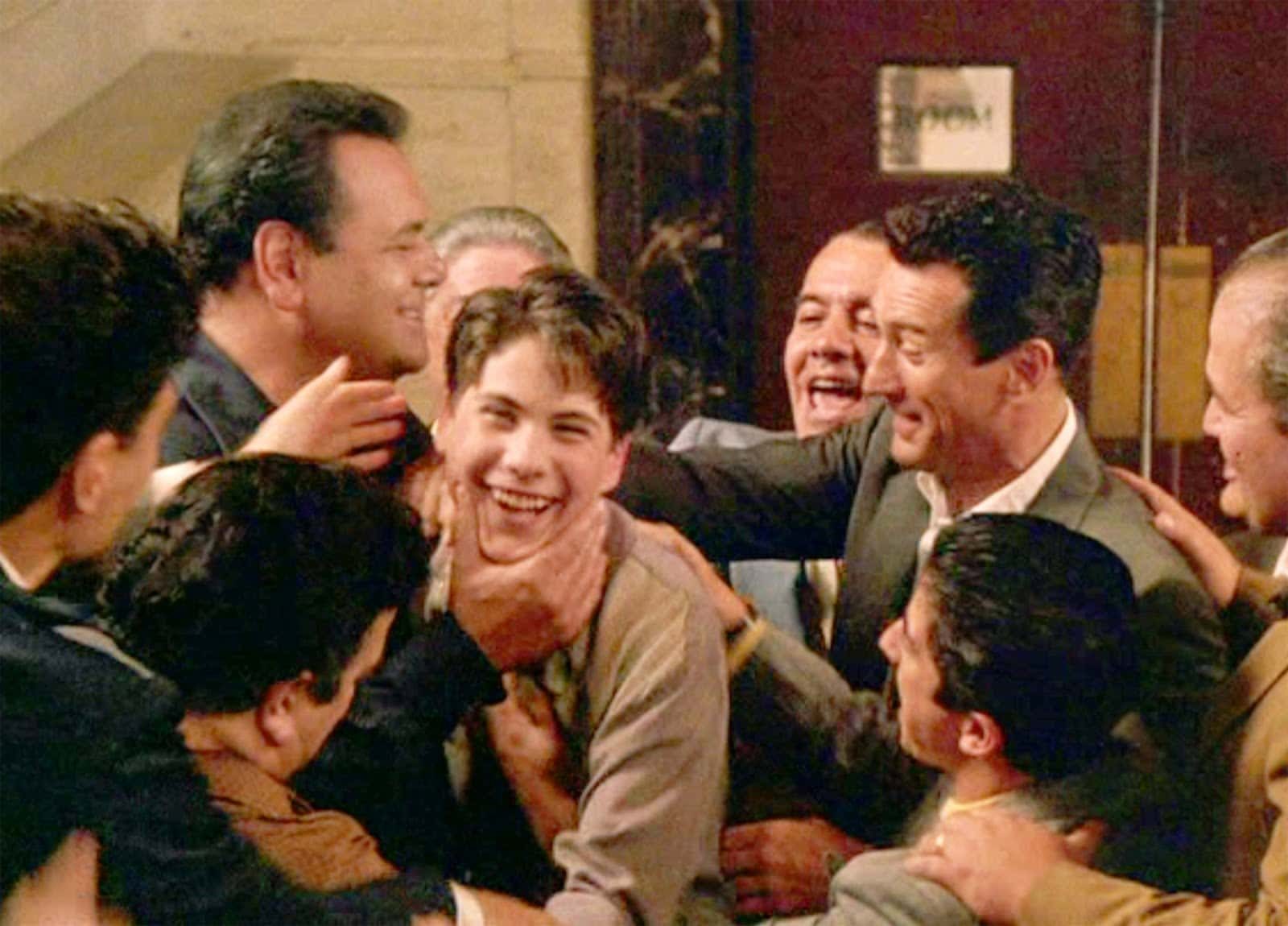 Goodfellas, 1990, Warner Bros.
Goodfellas, 1990, Warner Bros.
Is Racketeering a Crime?
Obviously, since criminal organizations operate rackets, they are illegal. Yet, prosecuting rackets is complicated. For example, fencing is illegal in all countries, but proving it is difficult. That's where the RICO Act comes in. Many people have heard the name but might not know exactly what it is. It stands for Racketeer Influenced and Corrupt Organizations Act, and it came into law on October 5, 1970.
It means that police can arrest a person or group who has committed multiple violations of certain crimes within a ten-year period under a blanket charge of racketeering. This streamlines the process of charging for crimes committed in different jurisdictions or across state lines. Surprisingly, two unexpected groups were recently charged with racketeering.
The first was FIFA, the organization in charge of the World Cup. Authorities charged many FIFA officials for accepting bribes and kickbacks. Also, several large pharmaceutical companies recently found themselves charged with racketeering for the role that their shady marketing practices played in the opioid crisis.
 Getty Images Former FIFA President Sepp Blatter
Getty Images Former FIFA President Sepp Blatter

